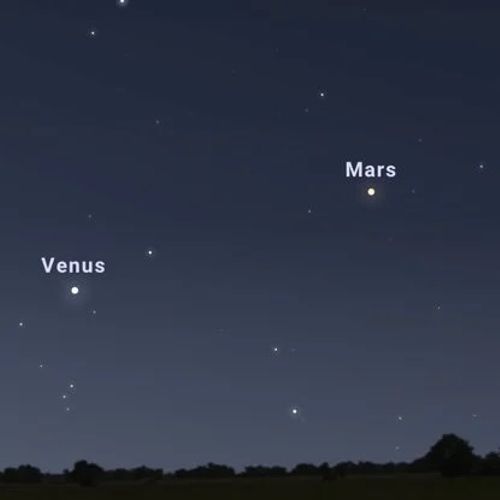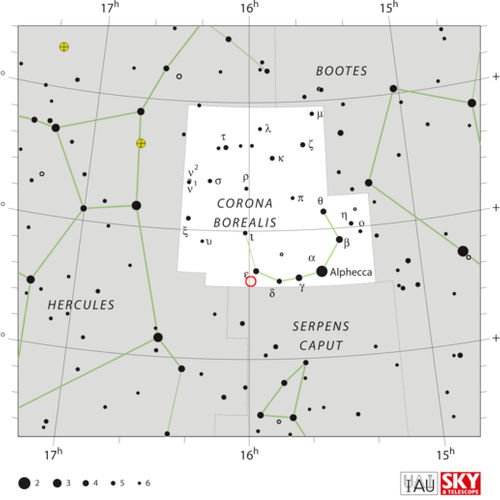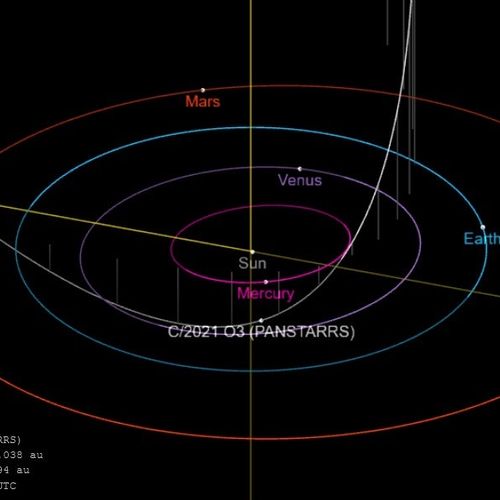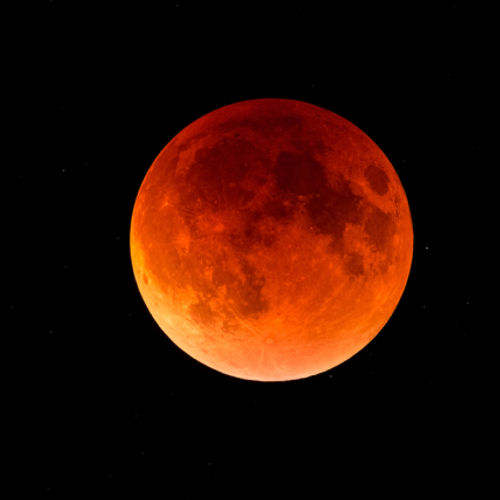
| Added | Tue, 12/04/2022 |
| Источники | |
| Дата публикации | Tue, 12/04/2022
|
| Версии |
Seeing the planets of the Solar System lined up in a neat line is one of the many awe-inspiring stargazing experiences, and this month you may have a chance to see it with your own eyes.
From the middle of the month, when viewed from the Northern Hemisphere, you will be able to see Saturn, Mars, Venus and Jupiter in the pre-dawn sky in an almost perfect alignment of the planets.
The alignment will begin to form around April 17, but it will be most noticeable in the morning of April 20. To see the alignment from the USA, you need to get up before sunrise on the morning of April 20 and look to the east.
There, on the horizon, under favorable observation conditions, you will be able to see all four planets lined up in a celestial row, although, as some note, the proximity of Jupiter to the horizon may make it somewhat difficult to observe.
As lovers of observations probably already know, Saturn, Mars and Venus began to gather together from the end of March, but Jupiter will join them only in mid-April.
In a few days-around April 23-the alignment will become even more impressive, and the Moon will join the party on the right.
When celestial bodies align in this way, it happens, of course, only in the earthly sky. If you look from another place in space, the position of each planet will be completely different.
The solar system is actually flat, each planet orbits the Sun in the same plane, so any apparent alignment is just a trick of vision, depending on where and when you are.
However, the alignment of the planets is an amazing thing to witness, and it doesn't happen that often - at least not with as many planets as this month.
At the same time, this month's alignment, although rare in itself, is actually just a snack for an even more incredible event that will happen in June this year.
On June 24, all the other planets of the Solar System - Mercury, Venus, Mars, Jupiter, Saturn, Neptune and Uranus - will unite in an even grander planetary alignment, although in order to see Neptune and Uranus, you will probably need binoculars or a telescope; the alignment will also cover most of the sky, making it difficult to observe or photographing.
Despite these difficulties, major planetary alignments like this, visible to the human eye, are very, very rare, and have only occurred three times since 2005, so you won't want to miss this event.
"We don't always get that opportunity," said astronomy professor Michelle Nichols of Chicago's Adler Planetarium. "Sometimes one or two appear in the sky, and more often none."
Новости со схожими версиями
Log in or register to post comments









